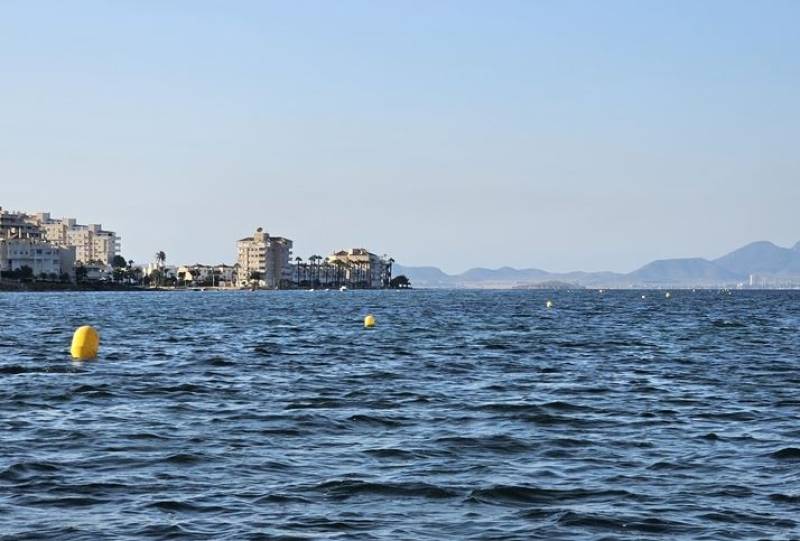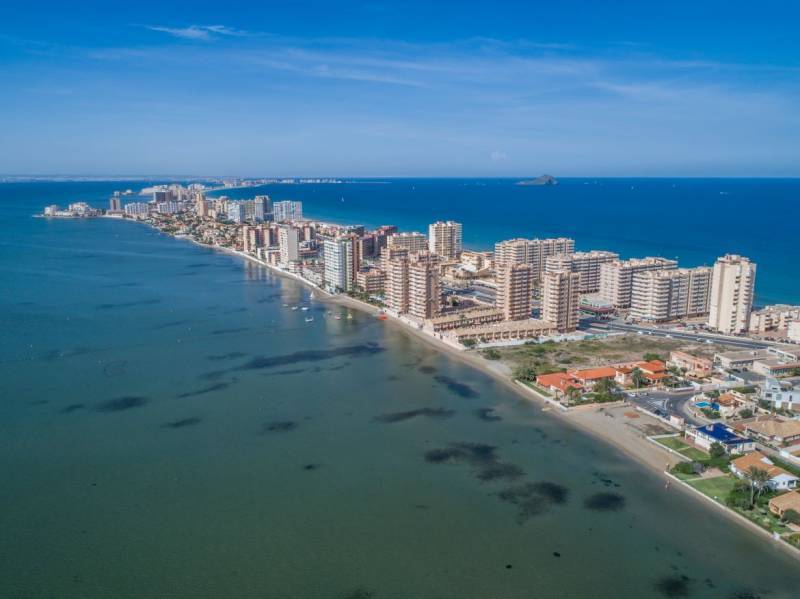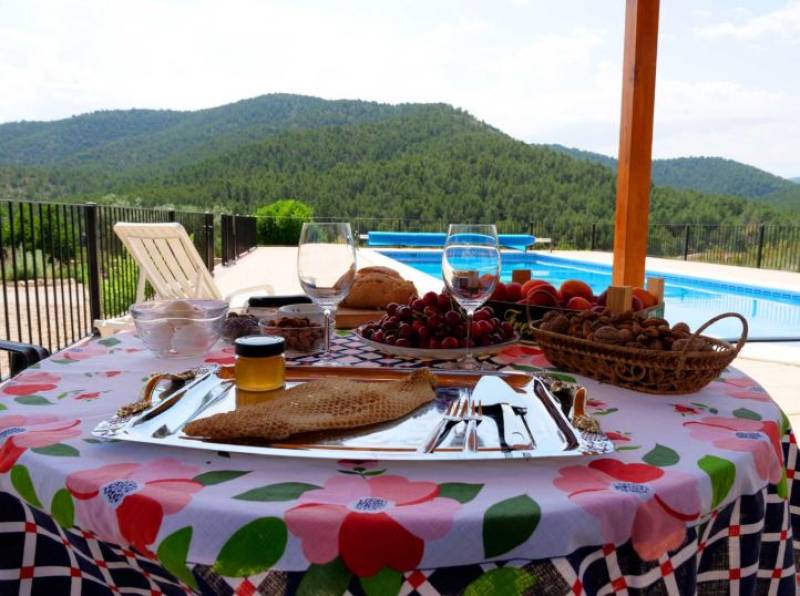Date Published: 06/08/2025
Heavy July rains relieve pressure on the Mar Menor
ARCHIVED ARTICLE -
While this is good news, the experts warn that the lagoon is still under stress
The study, carried out by the Spanish Institute of Oceanography (IEO-CSIC) through the Belich project, highlighted a number of positive changes following the rainfall on July 25.
“Temperatures have dropped to more normal levels for this time of year, salinity has barely been affected, turbidity has remained stable and oxygen levels have remained at optimal levels,” the report states.
The IEO notes that the change has happened both at the surface and at the bottom of the lagoon. This drop in temperature has helped ease environmental stress and reduce
the amount of chlorophyll in the water.
Despite this improvement, the experts still have serious concerns. The IEO warns that although there has been a sudden drop in chlorophyll levels, the weekly average “is very similar to the median of the time series since 2016.”
They also note that “in general, these values remain very high compared to the average for the decades prior to 2016, between 3 and 8 times higher.”
The report says that “current conditions are not critical for the lagoon ecosystem, but
it is at high risk of deterioration if they return to levels of high environmental stress.”
In fact, the data “indicate that the lagoon ecosystem could be experiencing a new and incipient episode of instability, following a long period of stability described in previous reports.”
This change does not appear to be caused by any major discharge event. Instead, it is linked to the recent high temperatures. These temperatures “contribute to accelerating and intensifying” several harmful processes, including microbial and phytoplankton growth, as well as the breakdown of organic matter in the water and sediment.
This in turn leads to “the consequent consumption of oxygen,” the report explains.
The document also points to the high amount of nutrients in the water as a key cause of phytoplankton growth. These nutrients come from both external sources, such as the aquifer, and internal ones like the lagoon's sediment.
Lastly, the IEO highlights that high temperatures may also be weakening the role of a type of algae called Caulerpa prolifera. Normally this algae helps control nutrients, but the heat may be reducing its effectiveness. This would allow phytoplankton to grow even more quickly.
Image: Archive
article_detail

|



































